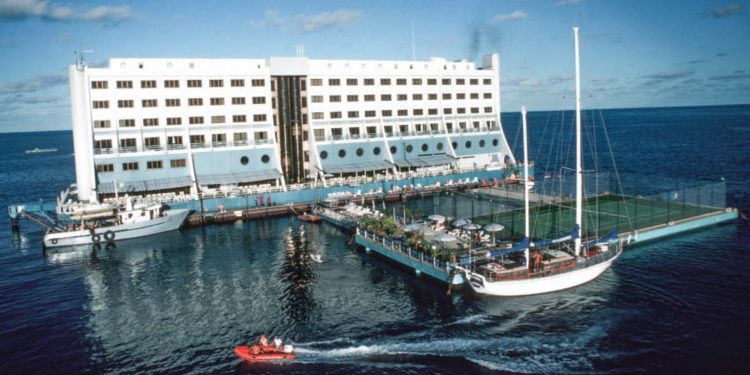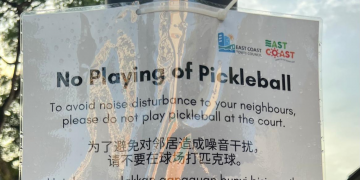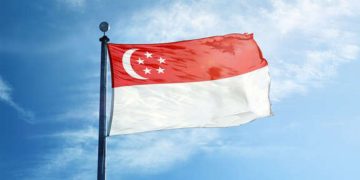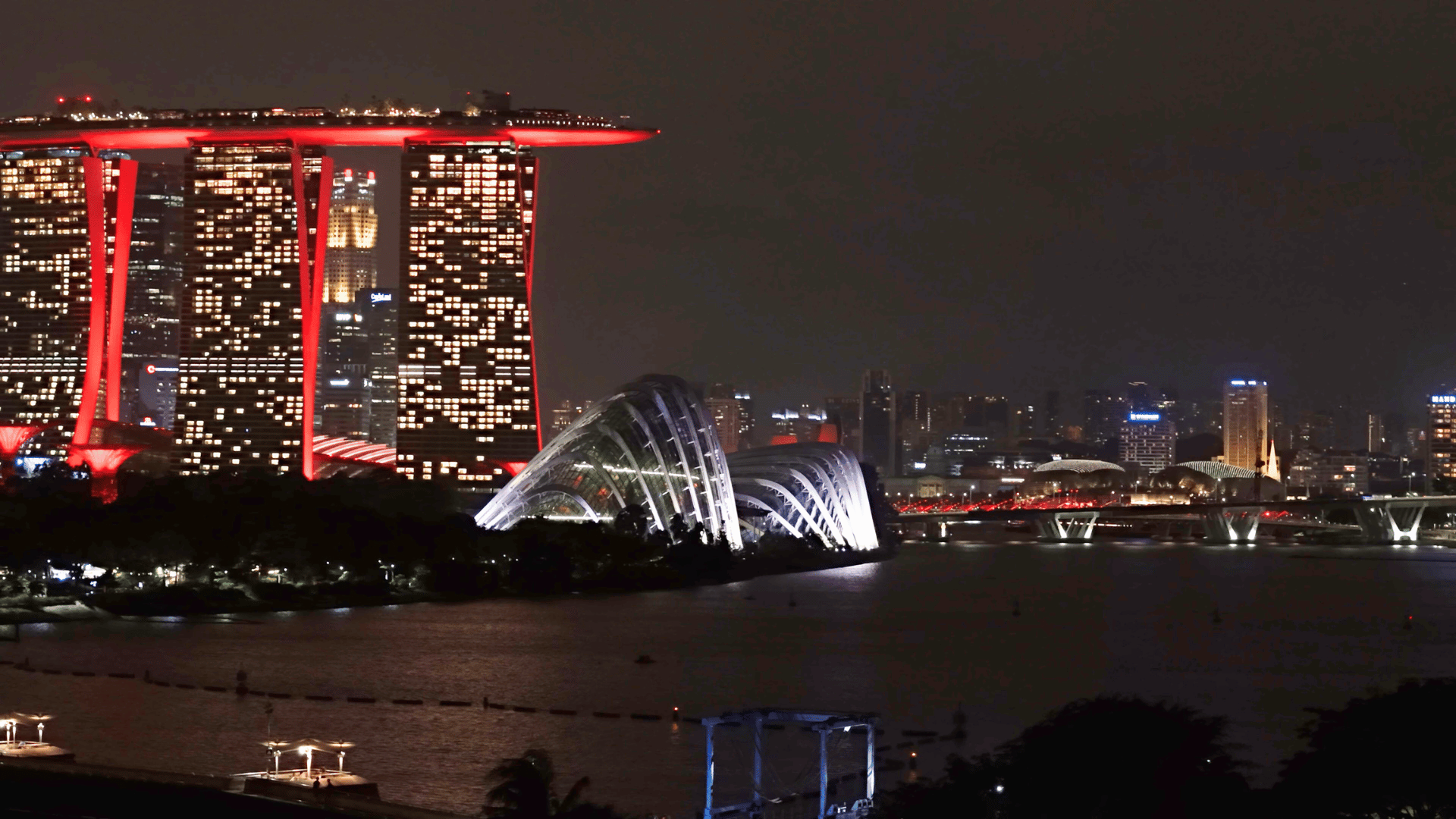Mention Hotel Haegeumgang and many would say “ where?”.
But did you know that it started out as a floating resort built in Singapore?
South China Morning Post (SCMP) reported on April 20, that the once five-star resort that was abandoned in North Korea, is being demolished by its government, and that there will no longer be any incarnations of this roving floating hotel.
Resort that floated over the Great Barrier Reef
It had been a wild ride over the past 30 years for what was known as the world’s first floating hotel. The idea of a floating hotel was mooted by late Italian-born professional diver and entrepreneur Doug Tarca, who was living in Townsville, on the northeastern coast of Queensland, Australia.
In 1983, Mr Tarca started ReefLink in 1983, to ferry day-trippers using catamarans from Townsville to a reef formation off the coast but thought why not let the people stay overnight on the reef. He had initially thought of mooring old cruise ships permanently to the reef, but realised it would be cheaper and more environmentally friendly to design and build a custom floating hotel instead.
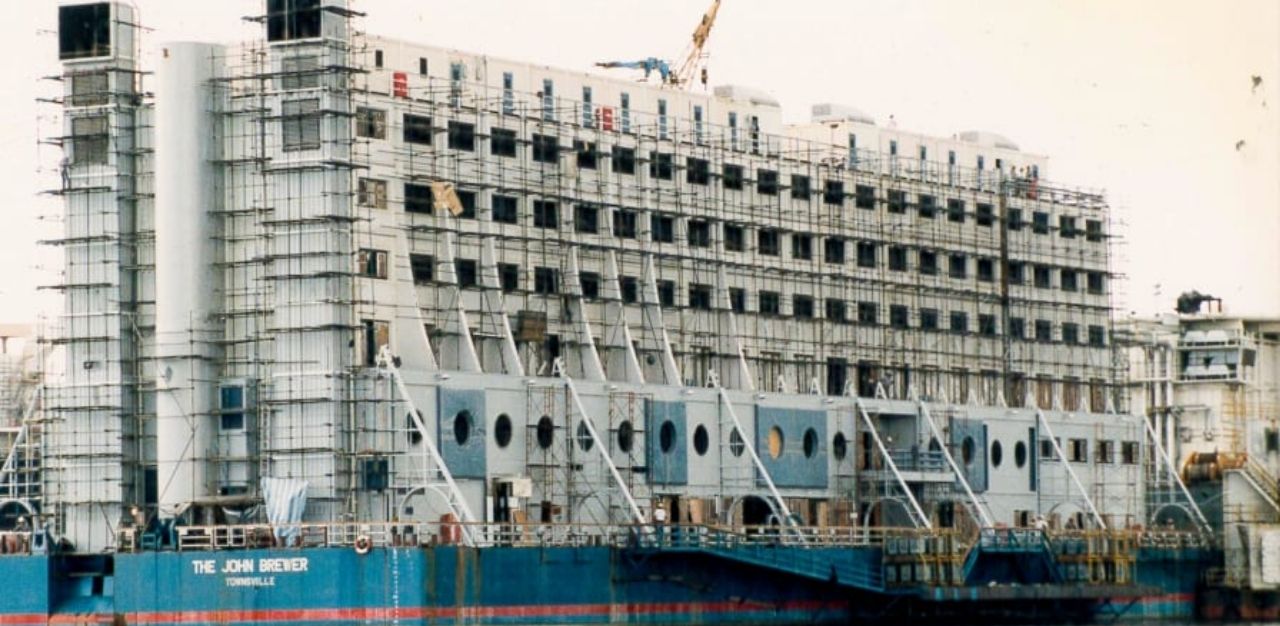
Designed by the Swedes, construction began in 1986 at the now defunct Bethlehem shipyard in Singapore at an estimated cost of US$45 million. It was transported by a heavy-lift ship to the John Brewer Reef, its chosen location within the Great Barrier Reef Marine Park. This is a horseshoe-shaped reef with quiet waters in the centre, making the place ideal for a floating hotel.
The hotel was secured to the ocean floor with seven huge anchors, positioned in such a way that they wouldn’t damage the reef. No sewage was pumped overboard, water was recirculated and any trash was taken away to a site on the mainland, somewhat limiting the environmental impact of the structure.
Called the Four Seasons Barrier Reef Resort, it officially opened in March 1988. It had about 200 rooms and could accommodate 350 guests.
Fighting to keep its head above water
But the floating hotel was doomed from the start.
First, it opened six months behind schedule. A contract dispute with the Singapore shipbuilder delayed delivery until January. Then, Cyclone Charlie struck. The almost 100 km-an-hour winds buffeted the seven-story luxury hotel, ruining the freshwater swimming pool moored alongside the hotel. The main structure of the hotel was largely unaffected.
The delays had cost Sydney-based developer Great Barrier Reef Holdings millions of dollars in lost revenue. The hotel also missed the lucrative Northern Hemisphere winter tourist market. Bad weather and competition from the World Exposition in Brisbane were blamed for low occupancy rates.
Getting guests to the hotel needed either a two-hour ride on a fast catamaran, or a much quicker helicopter ride, which was about US$350 a round trip.
The novelty of it fizzled when it soon became clear that the impact of bad weather on guests had been underestimated. In an interview with CNN, curator at the Townsville Maritime Museum Robert de Jong said the top floor was the least desirable location because it swings around the most and staff used an empty whisky bottle hanging from the ceiling to gauge the roughness of the sea. When it started to sway out of control, they knew a lot of guests would be seasick.
“That was probably one of the reasons why the hotel was never really a commercial success,” he said. And after just one year, the Four Seasons Barrier Reef Resort had become too expensive to run and closed without ever having reached full occupancy.
Moved to Vietnam and renamed Saigon Floating Hotel or “The Floater”
The hotel itself was finally sold to a company in Vietnam in 1989 and once the sale was completed, the hotel was towed to Ho Chi Minh City about 5,000 km away where it was moored in the Saigon River and renamed the Saigon Floating Hotel.
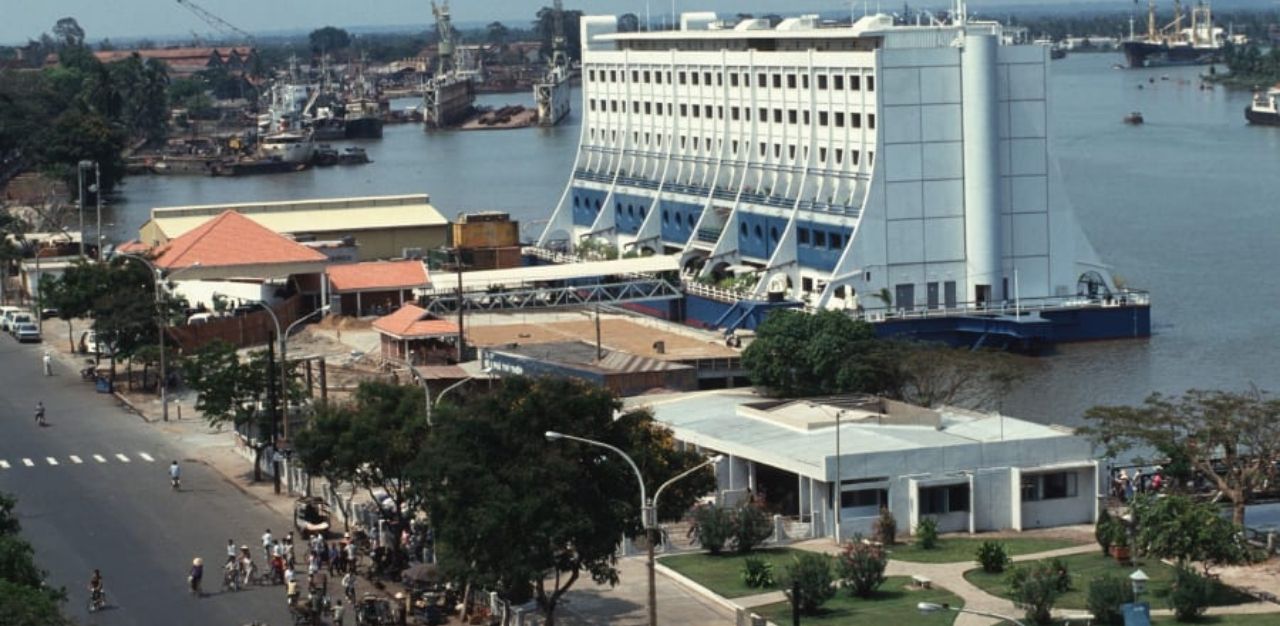
At that time, Vietnam was experiencing a tourism boom and the hotel’s unique qualities filled the growing need for luxury tourist accommodations. As a pre-packaged, ready-to-use facility, it was perfect and that tactic paid off. The hotel, affectionately known as “The Floater”, became a popular resort.
For the next 10 years, the 200-room hotel was docked on Ton Duc Thang Street, just across from the statue of Tran Hung Dao. It was the country’s first foreign-invested hotel, operated by Japan’s EIC Development and run by Australia’s Southern Pacific Hotels. It offered a range of facilities, services and 400 highly-trained staff.
By 1997, Ho Chi Minh City had added dozens of new hotels and “The Floater” became obsolete. New financial problems once again forced the hotel to close and it was shipped to Singapore to be refitted before moving it to Palau, Micronesia, but the deal fell through.
Attracting South Koreans to visit the north
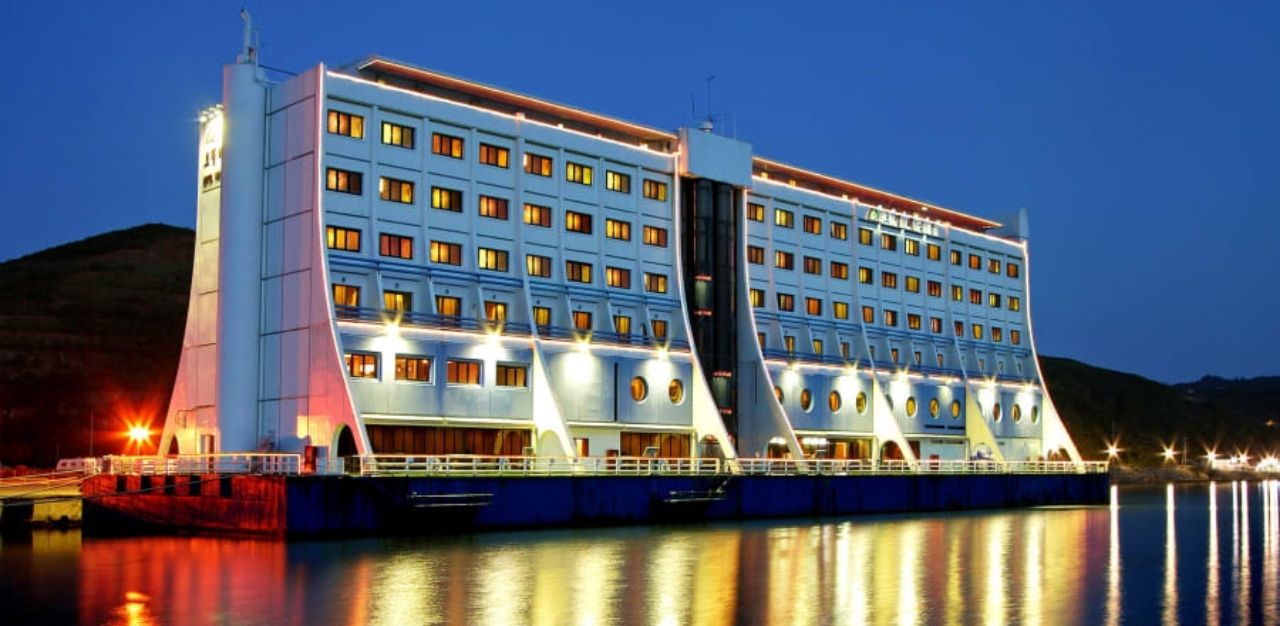
Instead of being dismantled, the hotel’s unique qualities caught the attention of another and unlikely potential buyer. It was purchased by North Korea to attract tourists to Mount Kumgang, a scenic area near the border with South Korea.
At that time, the two Koreas were building bridges, and the north was trying to entice visitors from the south. Unfortunately, many of its hotels were not really tourist friendly. So after another 4,500 km later, the hotel arrived at its third destination with a new name – Hotel Haegumgang. It opened in October 2000 and was managed by South Korean company Hyundai Asan, which also operated other facilities in the area and offered packages for South Korean tourists.
Hyundai Asan spokesman Park Sung-uk told CNN that over the years, the Mount Kumgang region has attracted over 2 million tourists and improved inter-Korean reconciliation. It served as a pivotal point for inter-Korean exchanges, as the centre for the reunion of separated families.
But the floating hotel could not shake off the bad luck it seemed to have.
Shooting tragedy and the demise of Hotel Haegumgang
In 2008, a North Korean soldier shot and killed a 53-year-old South Korean woman who had wandered into a military area of the mountain resort in the predawn hours. As a result, Hyundai Asan suspended all tours immediately and shut Hotel Haegumgang along with everything else. The hotel remained moored in place since it was shut in 2008.
It was in 2019 that North Korean leader Kim Jong-Un visited the Mount Kumgang tourist area and criticised many of the facilities, including Hotel Haegumgang, for being shabby. He ordered the demolition of many of them, including the floating hotel and for the area to be redesigned to a style more fitting to North Korean culture.
It was only until recently that the hotel could no longer be seen on Google Maps, moored at a pier in the Mount Kumgang area.
It is still remembered only at the Townsville Maritime Museum, where a scale model is on display.
Join the conversations on TheHomeGround Asia’s Facebook and Instagram, and get the latest updates via Telegram.


